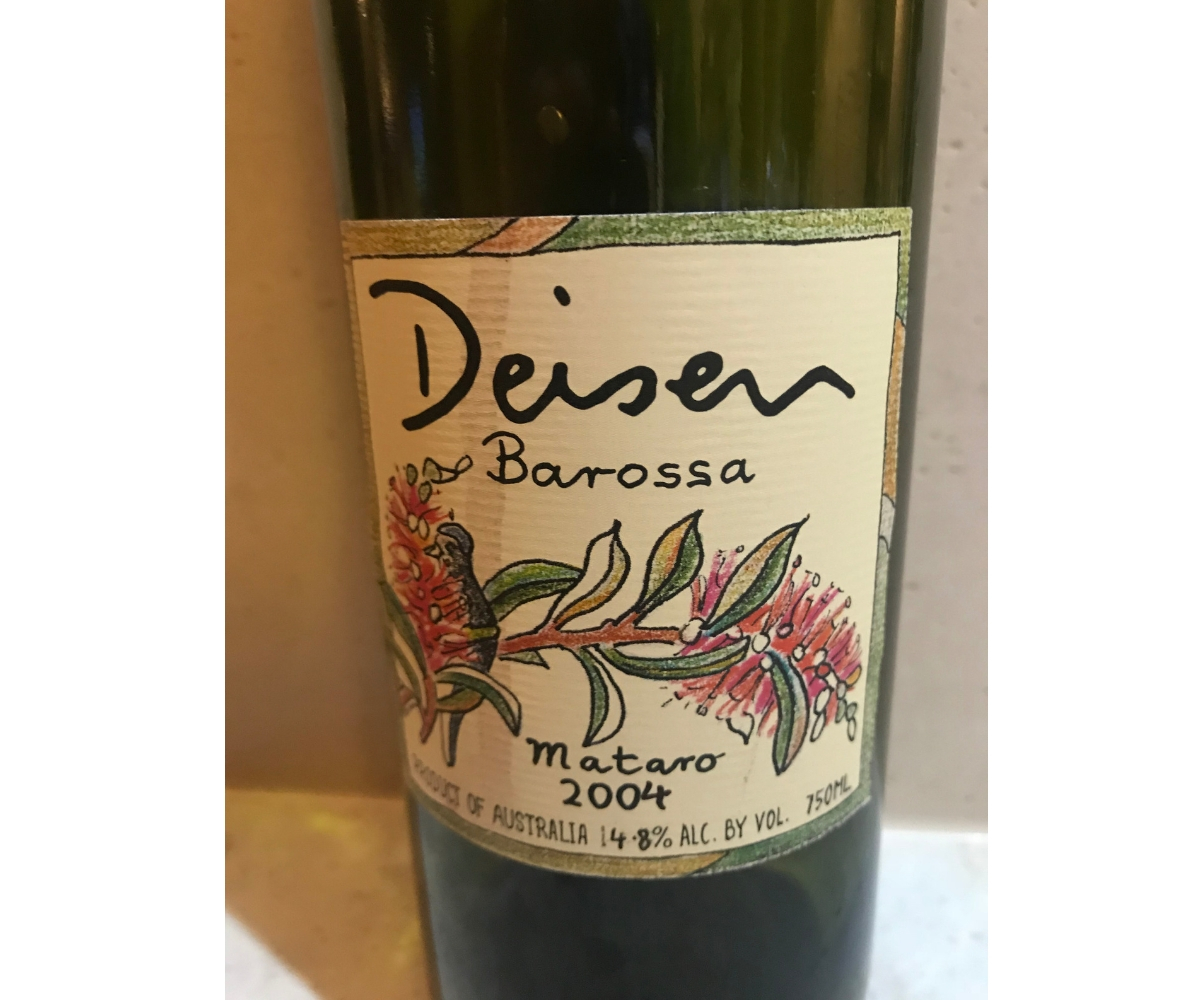Monastrell, Mourvedre or Mataro?

“Monastrell, Mourvedre or Mataro?” I asked my friend’s Rebecca, John and Michael when they recently called over to pick up their 10-year-old sons after a post-rugby playdate late on Saturday afternoon. Darkness was imposing itself on what had otherwise been a glorious day of autumn Queensland weather and it was most certainly wine o’clock. So it seemed fitting to handover a glass of Sabine Deisen’s aged Barossa Valley Mataro, having carefully concealed the label. In many ways, it was probably a little unfair to play a wine options game with such an old example of an unusual style – particularly when it came from a very small boutique producer such as Deisen.
Before I had given options, Michael was convinced it was a Southern Barossa Valley cabernet, whilst John had guessed a McLaren Vale Shiraz. Lacking in confidence, Rebecca swirled the dark brooding red around in her glass before quietly suggesting that it was neither cabernet nor shiraz. Of course, no matter what answer you give to the Monastrell, Mourvedre or Mataro question, you’ll always be right as it’s the same grape – just from a different region.
Mourvedre is believed to have originated in Spain, where it is known as Monastrell. It’s a widely planted grape in the country where it thrives in the hot, dry Mediterranean climate. The grape made its way to France, where it became the most planted vine in Provence before the Phylloxera epidemic, which decimated the country’s vineyards. These days it remains a mainstay of the Southern Rhone region, where it is generally used to support Grenache. In Australia, the grape is a critical part of the popular GSM blends (Grenache, Shiraz, Mourvedre), which were perhaps modelled on the Châteauneuf-du-Pape style and has become a substantial piece of artillery on the commercial arsenal of South Australian winemakers. It works well with Shiraz and Grenache because it adds palate length and some tannic structure to what can otherwise be “jammy” styles- especially where they come from warm climates like the Barossa Valley.
It’s quite rare to see a Mataro or Mourvedre vinted as a single varietal, but Sabine Deisen has proven how good they can be. Sure, they generally need to be decanted or given a little time to open to allow some of the farmyard or barnyard characters that can first appear on the nose or front of the palate, to dissipate. Give the wine half an hour and its superb, especially with a bit of bottle-aged.
Deisen Mataro 2004
Although Sabine Deisen crafts a number of single varietal wines, it was her Deisen Mataro 2004 that beguiled the tastebuds of the rugby team parents who sampled a glass at playdate pick up. It was remarkable to collate the varying characters that each observed in the wine. To Rebecca, it was all about Christmas cake and rhubarb (no prizes for guessing that she’s a Pom!) whilst to Michael, there was an initial dark chocolate and mint character at the front of the palate. For John, he was simply in awe of the velvety ripe red fruits that dominated across the middle of the palate.
To me, the Deisen aged Mataro was a savoury medley of ripe preserved plums, dried fruits and a blackcurrant-laced finale. There’s a beautiful contradiction between the clove and oregano that is found on the nose, and the soft sweetness of the ripe fruit across the palate. At first, the elevated acids are able to dominate the arm wrestle with tannins at the front, before the soft tannins embolden and drive a pretty, if not elegant, conclusion. There’s still a little bit of heat despite the modest 14.8% alcohol volume, but there’s little doubt that this creation from the gentle slopes of the Barossa’s Marananga region is one of the best single varietal Mataro’s that you’ll find. At the $50plus price point, it isn’t cheap but I reckon it’s worth every cent – if not just for the experience of seeing this Spanish grape masquerading as a Barossa Valley mainstream varietal.
You won’t find it in a bottle shop, so you’ll have to visit the Deisen website for contact details. Such are the small quantities of production for Deisen that they don’t even have an e-commerce portal, but don’t let that stop you from treating your tastebuds to one of the most palate-pleasing varietals that Australian viticulture has to offer.